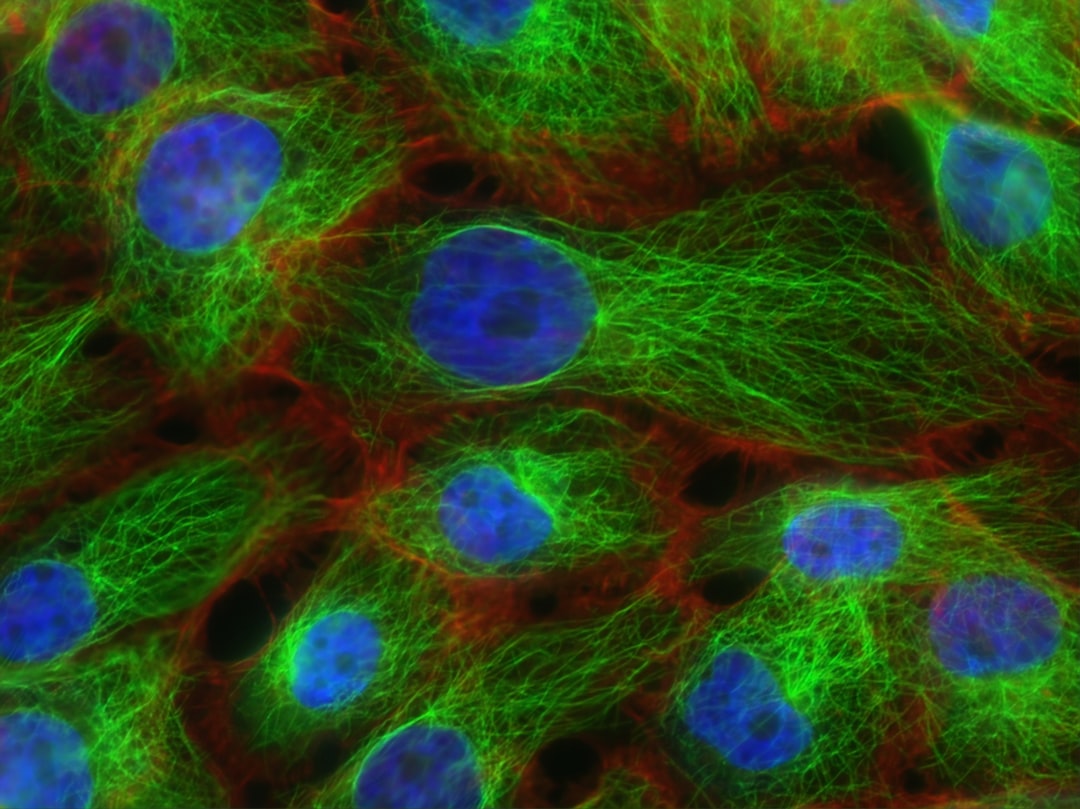What is it about?
To survive, cells need to adapt to changes in their environment. This is achieved by the activation of DNA binding proteins, called transcription factors, modifying the expression of particular genes. We have shown that two similar transcription factors, activated when cells experience low oxygen, behave very differently: one of them has a spotty pattern and moves slowly, whereas the other one is evenly dispersed and moves fast. These differences may explain how these transcription factors control different sets of genes in response to low oxygen during embryo development or in severe conditions including cancer and stroke.
Featured Image
Read the Original
This page is a summary of: Differential sub-nuclear distribution of hypoxia-inducible factors (HIF)-1 and -2 alpha impacts on their stability and mobility, Open Biology, September 2016, Royal Society Publishing,
DOI: 10.1098/rsob.160195.
You can read the full text:
Contributors
The following have contributed to this page










